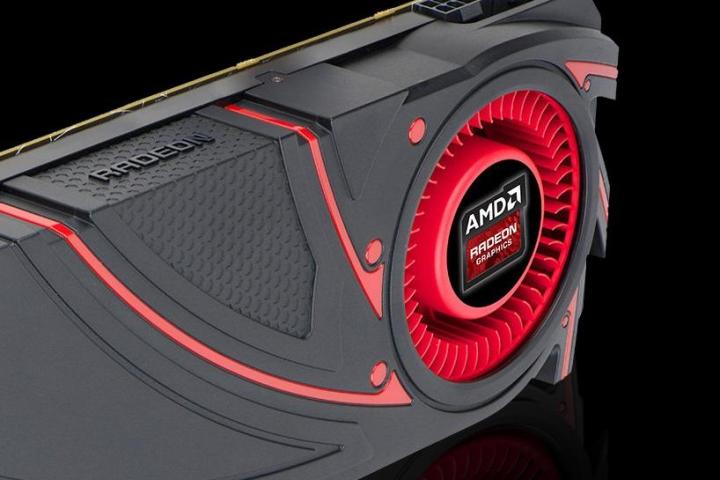
Ah, yes, the Radeon R9 380X and 390X are no longer rumors backed by questionable evidence, they’re officially confirmed products in pre-release stages. In the words of AMD’s Facebook handler, “we’re still putting the finishing touches on the 300 series to make sure they live up to expectation.”
Thrilling stuff, but alas, there are no dates to share “just yet.” The Sunnyvale-based semiconductor giant also trumpets its “excitement” vis-à-vis the 300 family, though that doesn’t really tell us much. What are they to say, that the graphics cards are humdrum, but fingers crossed?
Anyway, it’s good to get formal corroboration of the GPU lineup’s existence, and there’s been (faint) hints of an early Q2 rollout instead of a distant summer deadline. Rumor is the Radeon R9 380X and 390X will pioneer something called high bandwidth memory (HBM) technology for vastly improved RAM performance.
Most likely built on 20nm architecture, the powerhouse duo could leave Nvidia’s industry-dominating GeForce GTX 980 in the dust not only in raw speed, but energy efficiency too. Of course, the “green team” is probably working hard on a 20nm die shrink and upgrade as well, albeit we’re a lot lighter on purported technical details and timelines for the GTX 990, with a 1000 series possibly delayed until 2016.
Of course, this is all in the future. Right now Nvidia, GTX 970 woes aside, is riding high on favorable reviews for the GTX 900 series. This back-and-forth is standard in the GPU industry, as both AMD and Nvidia constantly attempt to upstage each other.
Editors' Recommendations
- Next-gen AMD and Nvidia GPUs just moved one step closer to launch
- AMD’s 8 new Radeon GPUs might finally rival Nvidia in gaming laptops
- AMD Radeon RX 6900 XT could take on Nvidia RTX 3090 with 16GB of VRAM



